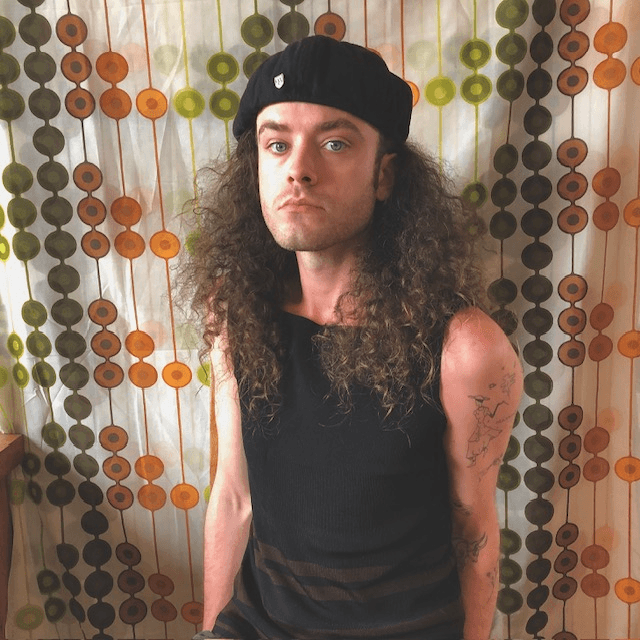
Finlay Alexander began his artistic journey in childhood, growing up in the West Midlands. From an early age, he explored a wide range of creative mediums before focusing on painting. His inspirations include nature, psychedelia, 1970s interior design, and pop art. Together, these influences shaped his distinctive style—defined by bold colour, organic shapes, and a strong sense of vibrancy.
While studying Illustration at the University of Brighton, Finlay refined both his technique and his artistic philosophy. This period shaped his understanding of art as a form of communication—a central theme that continues to guide his practice today. His paintings often address environmental issues, juxtaposing global concerns with the beauty and colour found in natural landscapes.
The Portrait Project: Man-Made Natural Catastrophes Personified as Mother Earth
This ongoing project explores environmental disasters and humanity’s role in the destruction of our planet. Through expressive brushwork and vivid colour, Finlay personifies natural catastrophes as living embodiments of the Earth itself. The figures look directly at the viewer, their eyes filled with accusation and sorrow. In this way, his paintings confront us with the impact of human activity and invite reflection on our shared responsibility. Each canvas portrays a specific event or idea related to the planet’s current state, transforming global crises into intimate, relatable experiences.
The Landscape Project: Sacred Spaces
In contrast, Finlay’s Sacred Spaces series celebrates the Earth before modern industrialisation. The project reflects a longing to reconnect with the natural world and live in harmony with it once more. Drawing inspiration from ancient temples, monoliths, and sacred structures across cultures, Finlay reimagines these sites as they might have appeared in their original forms. Through vibrant reconstruction and painterly imagination, he offers a glimpse into a more spiritual, earth-centred way of life.
Both projects express Finlay Alexander’s commitment to using art as both expression and activism. His work balances beauty with urgency, inviting viewers to reconnect with nature and recognise their place within it.